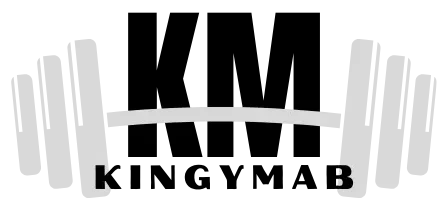Author: Emma Thorpe
While the actual term ‘black hole’ was not coined until the mid-20th century, the hypothetical existence of massive objects with extreme gravitational pull has been theorised for centuries. The first conceptualisations of objects with gravity so strong that not even light can escape them date back to the late 18th century. By the 20th century, these theoretical assumptions were strengthened by observational evidence, and yet, scientists could not get a direct factual confirmation of black hole existence until the Event Horizon Telescope revealed the first picture of a black hole in 2019.
After that metaphorical ice has moved, we have learned more about these menacing objects, including how to spot them. So, should we fear black holes? And, from what we already know, what is the closest black hole to Earth? Below, we will answer all that and more.
What is the closest black hole to Earth?
As of 2022, this is Gaia BH1, discovered through the European Space Agency’s Gaia mission, originally aiming to chart a three-dimensional map of our galaxy. The black hole is located in the constellation Ophiuchus and is part of a binary system — that is, a system that consists of two gravitationally bound astronomical objects that orbit around their common centre of mass. By observing the gravitational influence Gaia BH1 has on its binary companion star, scientists could factually confirm the black hole’s existence.
Right now, Gaia’s mass is estimated at about ten masses of our Sun, which is the upper limit of ‘typical’ as far as black holes go. Since most black holes are formed from remnants of stars, their mass usually ranges from 3 to 10 times of the Sun.
Closest black hole size & distance
But what about Gaia BH1 size? Considering the nature of black holes — highly condensed objects with a strong gravity pull, the actual black hole size is hard to estimate and, more importantly, of little consequence. What matters, though, is the size of the black hole event horizon — that is, a border after which nothing can escape its gravity pull. Once again, Gaia BH1 falls under the ‘typical’ category of 30-km event horizon radius.

At the same time, Gaia BH1’s distance from Earth is 1560 light-years. To put this into perspective, the Milky Way galaxy is about 100,000 light-years in diameter, so Gaia BH1 is relatively close in our galactic neighbourhood. But even though this black hole is close to us on a larger cosmic scale, it is still too far away to cause any concern. Our Sun, for example, is located eight light minutes away from us, but this distance is still 150 million km.
To explain this distance even better, space news website Orbital Today made some Math comparisons for us, on the example of the fastest man-made spacecraft we currently have, the Parker Solar Probe. In late 2022, it reached a record speed of 635,266 km/h. To cover the 1560 light-year distance, our fastest, uncrewed probe would need to fly at top speed for 2,650,358 years!
So, is Gaia BH1 a threat to Earth? That is a resounding no! But can this or another black hole move closer and engulf our planet one day?
When will a black hole hit Earth?
The possibility of such development is so low that the right question would be not ‘when,’ but ‘if.’ If that happened, the consequences would be horrible, indeed. First, we would be affected by the extreme gravity pull of a black hole that would stretch our tidal forces and compress the Earth. If our planet only ‘touched upon’ the black hole’s extreme gravity from a ‘safe’ distance, we would still be affected — it is even possible we would be pushed out from our solar system.
Assuming we were pulled into the black hole, the extreme amount of Gamma radiation would first strip our protective atmospheric shield and burn all life as we know it. And, supposing there was someone left to observe this, time would flow differently for a hypothetical observer on Earth and a distant observer. For someone on Earth, time would flow way slower, but for someone watching from afar, our planet’s compression into singularity could seem like a matter of seconds.
All of this raises a logical question — what is the closest thing to a black hole? More specifically, what does it take to stay safe with such a menacing neighbour? In the case of Gaia BH1, the closest object is its companion star, which has not been given a name of its own. As mentioned, these two are tied into a binary system and are gravitationally bound. Thanks to this connection, ESA scientists observe the orbital dynamic and study other astrometric data that point them in the direction of the closest black hole to Earth.
As our study of deep space continues, we may yet find other potentially dangerous objects, black holes included. But so far, nothing indicates immediate danger to our planet or solar system, so there is still time to uncover more of the Universe’s secrets.


